Britain is gearing up for a surge in DIY in the wake of the ÔÇÿBrexitÔÇÖ referendum, a new survey suggests. The vote to leave the EU is already taking its toll on the property market, with 1.7m homeowners now more inclined to renovate than relocate.
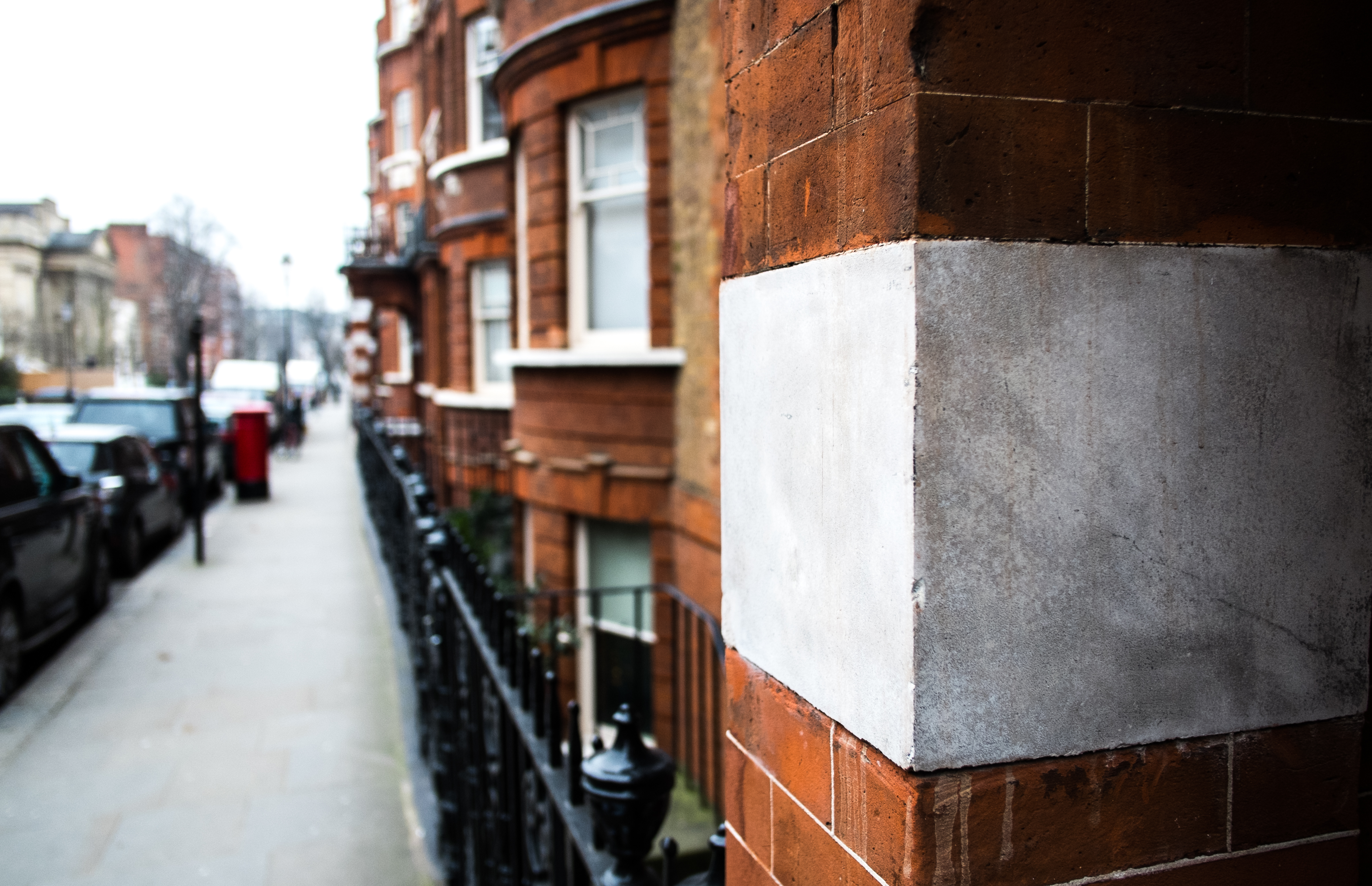
More than one in 10 homeowners is less likely to sell up following the exit vote – a figure which jumps to almost one in five in London – whilst 10% of homeowners plan to turn to property improvement instead of selling. This number rises to a staggering quarter of property owners in the 18-34 age group and, as younger voters and London-based voters statistically wanted to remain in the EU, itÔÇÖs unsurprising they are deciding to ÔÇÿwait and seeÔÇÖ.
The survey, by home improvement marketplace Plentific.com, found:
- 12% of homeowners (1.7m) are less likely to sell their property in the next three years as a result of Brexit
- 10% are more likely to carry out home improvements
- 25% of homeowners aged 18-34 are more likely to redecorate than move
- 18% of London homeowners are less likely to move in the next three years
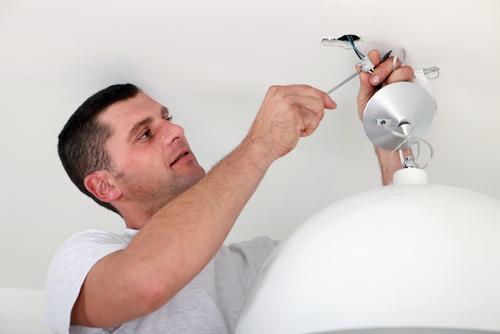 In recent years, the property boom has been enjoyed particularly by London-based developers, homeowners and landlords, but the research shows that property owners in the capital are now the least likely in the UK to move, with the figure 50% higher than the national average of 12%.
In recent years, the property boom has been enjoyed particularly by London-based developers, homeowners and landlords, but the research shows that property owners in the capital are now the least likely in the UK to move, with the figure 50% higher than the national average of 12%.
Homeowners in Plymouth are the least likely to carry out a spot of DIY, with just two percent more likely to improve their home following Brexit. In Cardiff, the 12% less likely to sell matches the UK average, whilst five percent are now considering home improvement, and in Newcastle the figures are 15% and six percent respectively.
Plentific co-founder Cem Savas said: ÔÇ£The EU result sent shockwaves through the UK, Europe and beyond. The value of shares for companies within the property market have already plummeted and FoxtonÔÇÖs have also issued a profit warning, which highlights what Brexit could mean to the UK property market. The Plentific research shows a level of uncertainty for homeowners, which will impact buying and selling confidence as well as continuing to drive the huge demand for home improvements.ÔÇØ
Founded in 2014 by Cem Savas and Emre Kazan, Plentific is a fast-growing home improvement marketplace designed to connect homeowners with local tradesmen and professionals.
The research was carried out by Opinium via an online survey of 1,063 UK homeowners aged 18+.
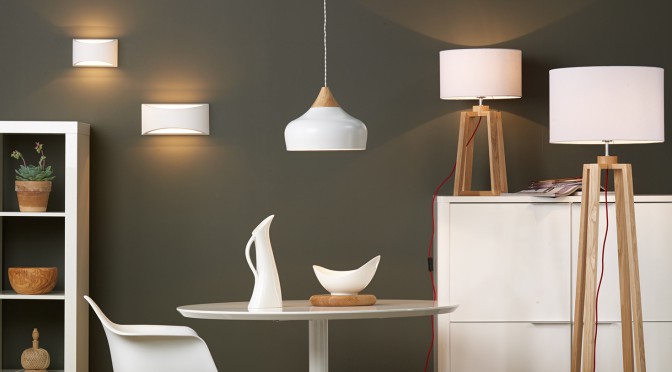
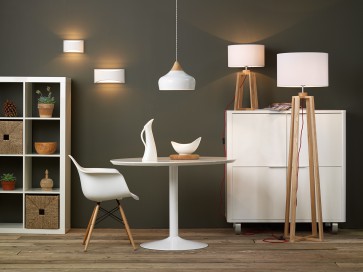 If youÔÇÖve been admiring the cool, calm and collected look, that is all things Scandinavian – then there is no better time than Spring to inject some clean, Nordic inspired lines into your
If youÔÇÖve been admiring the cool, calm and collected look, that is all things Scandinavian – then there is no better time than Spring to inject some clean, Nordic inspired lines into your 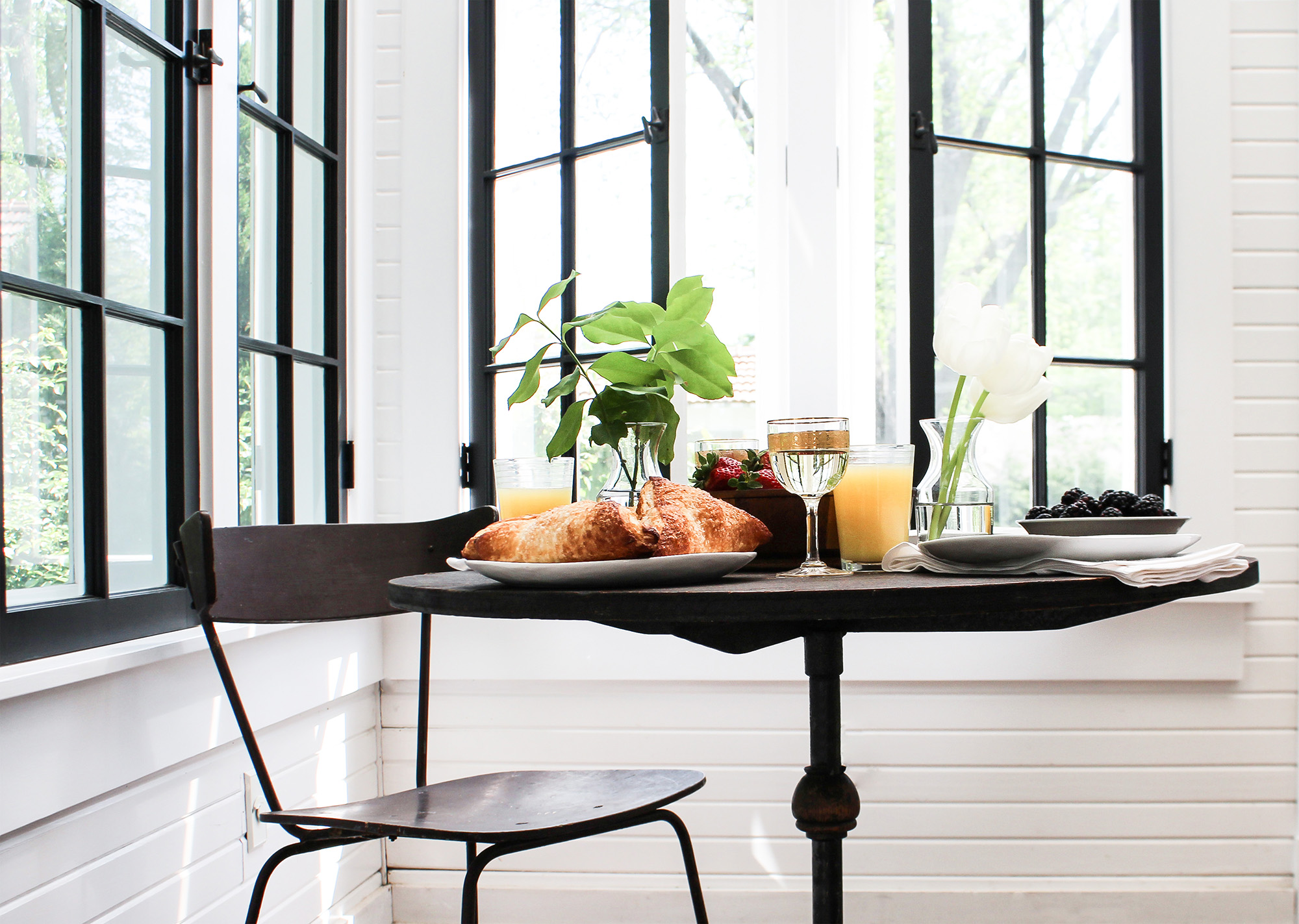 Not featuring much in in the way of curtains or window drapes, the Scandi look aims lets in as much light as possible. While some may bolt at the idea of losing a trusty pair of curtains, there are ways to maximise the amount of light that you let in through a window. Hanging them a few inches higher and wider than usual, will allow more of the fabric to sit against the wall, as opposed to the window. Using thinner fabric for blinds will stop you blocking the light from seeping through, and still allow you to keep your nosy neighbours out!
Not featuring much in in the way of curtains or window drapes, the Scandi look aims lets in as much light as possible. While some may bolt at the idea of losing a trusty pair of curtains, there are ways to maximise the amount of light that you let in through a window. Hanging them a few inches higher and wider than usual, will allow more of the fabric to sit against the wall, as opposed to the window. Using thinner fabric for blinds will stop you blocking the light from seeping through, and still allow you to keep your nosy neighbours out!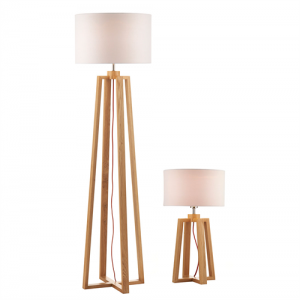
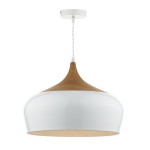 Use a (predominantly) white palette
Use a (predominantly) white palette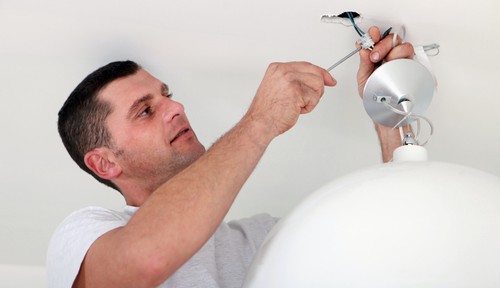

 According to the Royal Society for the Prevention of Accidents (RoSPA), more than 200,000 people go to A&E every year following accidents whilst carrying out DIY, gardening or home maintenance. 7,000 of these visits involve people who have fallen off a ladder or step ladder, whilst 5,000 deaths occur every year following accidents around the home.
According to the Royal Society for the Prevention of Accidents (RoSPA), more than 200,000 people go to A&E every year following accidents whilst carrying out DIY, gardening or home maintenance. 7,000 of these visits involve people who have fallen off a ladder or step ladder, whilst 5,000 deaths occur every year following accidents around the home.